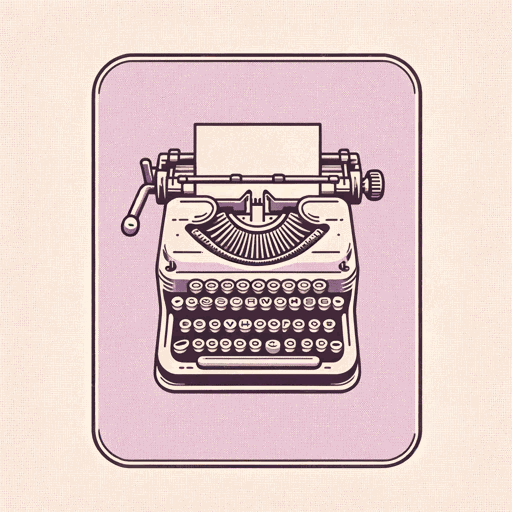26 pages • 52 minutes read
Allen GinsbergHowl
Fiction | Poem | Adult | Published in 1956A modern alternative to SparkNotes and CliffsNotes, SuperSummary offers high-quality Study Guides with detailed chapter summaries and analysis of major themes, characters, and more.
Themes
The Holiness of “Fallen” Angels and Forbidden Knowledge
As a slang term, “awesome” means everything from cool and hip to annoying and trite. However, the term also defines something or someone invoking fear, awe, and/or reverence. In “Howl,” Ginsberg catalogues several instances where friends, lovers, and strangers navigate life in a wilting environment while being awestruck in the presence of angels. These angels are many things, including the winged creatures of biblical fame, the cutesy cherubs with bows and arrows symbolizing love, and regular humans with angelic souls. Ginsberg’s awesome angels both offer and seek “forbidden” knowledge. “Howl” therefore redefines what it means to be heavenly or celestial by showing just how much enlightenment stems from desire, sexual freedom, and everyday existence, and how upholding this knowledge can overcome the destructive powers that be.
The first depiction of angels appears right away: Ginsberg mentions “angelheaded hipsters burning for the ancient heavenly connection to the starry dynamo in the machinery of night” (Line 3). One interpretation of this line is that Ginsberg’s beautiful (“angelheaded”) friends yearn for symbolic, meaningful visions and connections to something greater (“burning for the ancient heavenly connection”) while they endure the coldhearted banality of routine evenings (“the machinery of night”). This interpretation aligns with the importance Beat poets placed on visions and vision quests—experiences often predicated on drug use and “connecting” to the celestial or elemental.
Related Titles
By Allen Ginsberg
Featured Collections
Addiction
View Collection
American Literature
View Collection
Books on Justice & Injustice
View Collection
Contemporary Books on Social Justice
View Collection
Mental Illness
View Collection
Poems of Conflict
View Collection
Pride Month Reads
View Collection
Short Poems
View Collection




